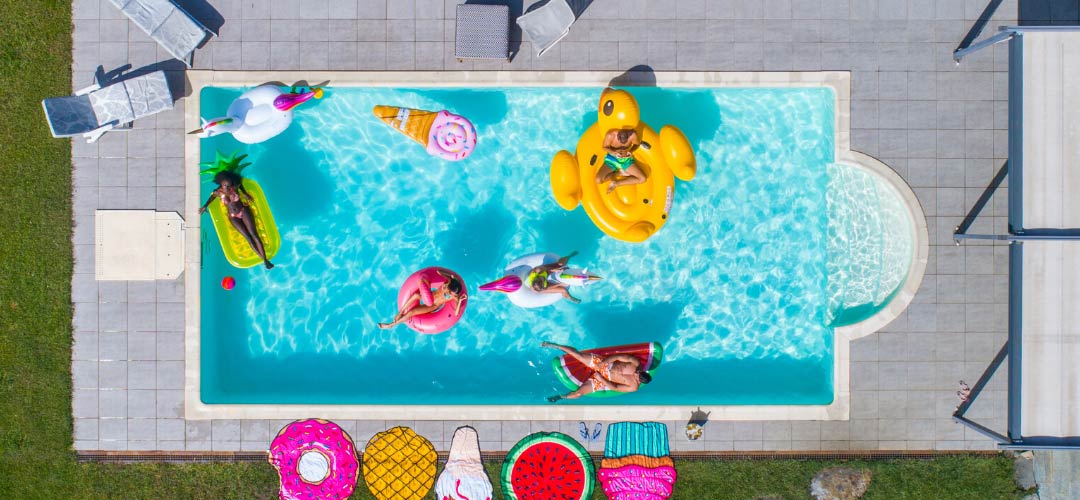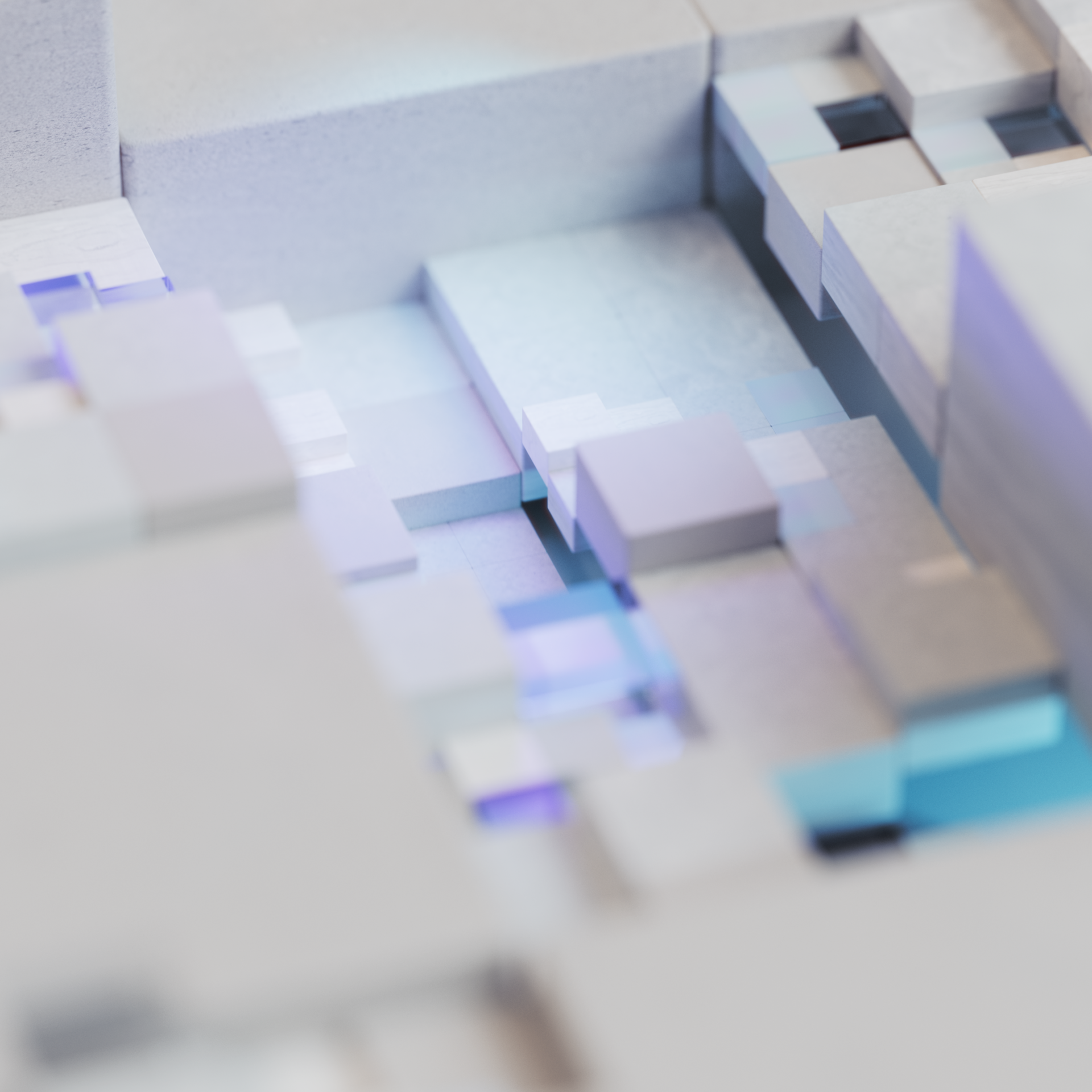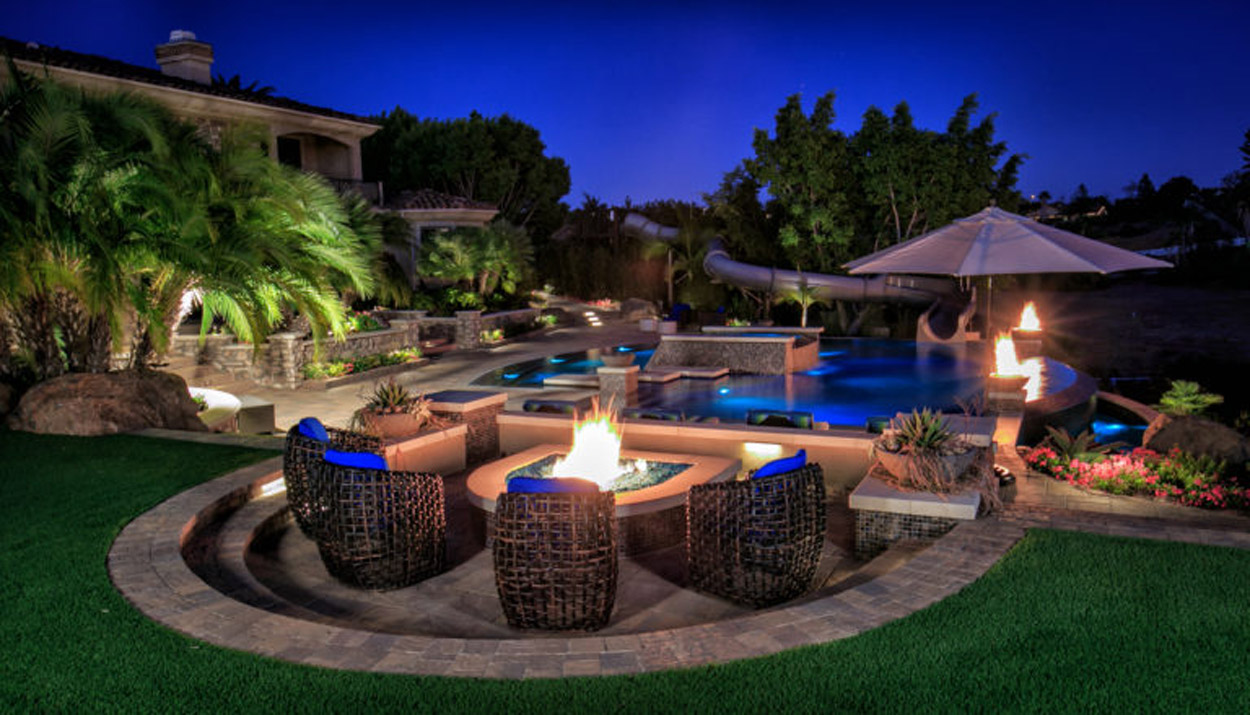In the world of pool design, finding the perfect balance of aesthetics and functionality is essential. When it comes to pool coping, the appropriate thickness and sizes play a crucial role in achieving this balance.
Just as a conductor guides an orchestra, the right thickness ensures structural integrity and durability, while the right sizes enhance the overall appeal.
In this article, we will explore the factors that influence coping thickness and sizes, ensuring your pool coping is both visually pleasing and long-lasting.
Key Takeaways
- Most pool coping is between 1.25 to 3 inches thick, with natural stone and concrete coping ranging from 1.5 to 2.5 inches thick and brick coping ranging from 2 to 3 inches thick.
- Coping less than 2 inches thick may break easily, while thick coping may be unnecessarily heavy and difficult to install.
- Coping provides a finished look and prevents water from entering the pool wall, so choosing the appropriate thickness is important for structural integrity, durability, and safety.
- Pool coping comes in various sizes, shapes, and materials, with larger coping sizes being better for larger pools and smaller coping sizes being better for smaller and irregularly shaped pools.
Importance of Pool Coping Thickness
Coping thickness plays a crucial role in ensuring the structural integrity, durability, and safety of the pool. The thickness of pool coping is an important consideration as it directly affects the overall performance and longevity of the pool.
A pool coping thickness that is too thin may result in cracking, warping, and unevenness over time. On the other hand, coping that is excessively thick can be unnecessarily heavy and difficult to install.
Choosing the right coping thickness is essential for maintaining the pool's aesthetics and practicality. The most common thickness for pool coping ranges from 1.25 to 3 inches, depending on the type of coping and pool design. Natural stone and concrete coping typically have a thickness of 1.5 to 2.5 inches, while brick coping can range from 2 to 3 inches thick. Coping that is less than 2 inches thick may be more prone to breaking and may not provide the necessary support for the pool.
It is important to select coping that not only complements the pool's design, but also meets practical and durability requirements. The coping thickness directly impacts the structural integrity of the pool, ensuring that it can withstand the pressures and forces exerted on it. Additionally, coping thickness plays a role in the safety of the pool, as it helps prevent water from entering the pool wall and causing potential damage.
Suitable Thickness for Different Pool Designs
When considering the appropriate thickness for pool coping in different pool designs, it is important to take into account various factors such as the pool's size, shape, and overall design aesthetic. Pool coping sizes can vary depending on the type of coping and the specific pool design. Generally, most pool coping falls within the range of 1.25 to 3 inches in thickness.
For natural stone and concrete coping, the thickness typically ranges from 1.5 to 2.5 inches. Brick coping, on the other hand, can range from 2 to 3 inches thick. It is important to note that coping less than 2 inches thick may be more prone to breaking easily.
The thickness of pool coping is crucial as it not only provides a finished look but also serves as a barrier to prevent water from entering the pool wall. Thin coping may be more susceptible to cracking, warping, and becoming uneven over time. On the other hand, excessively thick coping may be unnecessarily heavy and difficult to install.
The choice of coping thickness ultimately affects the structural integrity, durability, and safety of the pool. It is essential to choose coping that matches the pool's aesthetics while also being practical and durable.
In the subsequent section, we will discuss the factors that can influence the appropriate thickness of pool coping. These factors include the climate, soil conditions, pool usage, and the presence of water features. By considering these factors, you can ensure that the pool coping thickness is suitable for your specific pool design and environment.
Factors Affecting Pool Coping Thickness
Factors influencing the thickness of pool coping include the climate, soil conditions, pool usage, and the presence of water features.
Climate: The climate plays a significant role in determining the appropriate thickness of pool coping. In regions with extreme temperature fluctuations, such as freezing winters or scorching summers, thicker coping is recommended to withstand the expansion and contraction of materials caused by these weather conditions.
Soil Conditions: The type and stability of the soil also affect the thickness of pool coping. In areas with expansive or unstable soil, thicker coping is necessary to provide additional support and prevent shifting or settling.
Pool Usage and Water Features: The intended use of the pool and the presence of water features like waterfalls or slides can impact the required coping thickness. Pools that experience heavy traffic or have water features that create additional force or water pressure may require thicker coping to ensure structural integrity and prevent damage.
Considering these factors is crucial when determining the appropriate thickness of pool coping. It is essential to consult with professionals and adhere to local building codes and regulations to ensure the coping thickness meets safety standards.
Common Thickness Ranges for Different Coping Materials
The appropriate thickness ranges for different coping materials can vary depending on factors such as climate, soil conditions, pool usage, and the presence of water features. Choosing the right coping thickness is crucial for ensuring structural integrity, durability, and safety. Coping that is too thin may break easily, while coping that is too thick can be unnecessarily heavy and difficult to install.
To provide a clearer picture, the table below outlines the common thickness ranges for different coping materials:
| Coping Material | Thickness Range |
|---|---|
| Natural Stone | 1.5 – 2.5 inches |
| Concrete | 1.5 – 2.5 inches |
| Brick | 2 – 3 inches |
| Pavers | 1.25 – 2 inches |
It is important to note that these ranges are general guidelines and may vary depending on the specific manufacturer or supplier. It is always recommended to consult with a professional to determine the most suitable coping thickness for your particular pool design and environment.
The thickness of the coping plays a significant role in its functionality and longevity. Thin coping may crack, warp, and become uneven over time, compromising the overall aesthetics and functionality of the pool. On the other hand, thick coping may not only be more expensive but also challenging to install properly.
Considerations for Pool Coping Sizes
Pool coping sizes are an important consideration in ensuring the proper functionality and aesthetics of a pool. When choosing the size of pool coping, several factors need to be taken into account. Here are three key considerations for pool coping sizes:
- Pool size and shape: The size and shape of the pool will play a significant role in determining the appropriate coping size. Larger pools generally require larger coping sizes to maintain a balanced and visually appealing look. Smaller and irregularly shaped pools, on the other hand, may benefit from smaller coping sizes that can better accommodate their unique dimensions.
- Material and style: Different materials and styles of pool coping have varying recommended sizes. For example, bullnose coping is typically 2-3 inches thick, while square edge coping can range from 1 to 3 inches. It is essential to choose coping that not only matches the pool's aesthetics but also provides the necessary practicality and durability.
- Overhang distance: The overhang distance refers to the amount of coping that extends beyond the pool's edge. Most experts recommend an overhang distance of 1 to 2 inches, although it should not exceed 3 inches. The overhang distance should be determined by considering the pool's shape and size, as well as local building codes and regulations.
Popular Sizes and Shapes of Pool Coping
One popular choice for pool coping sizes and shapes is the use of bullnose coping, which typically measures 2-3 inches thick. Bullnose coping is known for its rounded edge, providing a smooth and finished appearance to the pool.
Another common option is square edge coping, which can vary in thickness from 1 to 3 inches. When considering pool coping dimensions, it's important to take into account the size and shape of the pool. Larger coping sizes are generally better suited for larger pools, while smaller coping sizes may be more appropriate for smaller or irregularly shaped pools.
Drop face coping is another option, typically measuring 1-2 inches thick. This type of coping features a slight overhang on one side, creating a visually appealing effect. Brick coping, on the other hand, tends to be thicker, ranging from 2 to 3 inches. The dimensions of brick coping typically measure 3 to 5 inches in length, 8 to 12 inches in width, and 2 to 3 inches in thickness.
Natural stone coping can vary in size, with lengths ranging from 12 to 30 inches, widths ranging from 12 to 16 inches, and thicknesses ranging from 1.25 to 2 inches. Concrete coping offers the advantage of being customizable to fit the specific size and shape of the pool. This allows for a seamless and precise installation.
Custom Sizes for Irregularly Shaped Pools
Custom sizes are necessary for irregularly shaped pools. When it comes to pool coping installation, it is important to consider the unique dimensions and contours of the pool to ensure a proper fit and seamless appearance. Here are three key points to keep in mind when determining custom sizes for irregularly shaped pools:
- Accurate Measurements: Accurate measurements are crucial for custom pool coping. Irregularly shaped pools often have curves, angles, and varying widths, making it essential to measure each section carefully. This ensures that the coping will fit precisely, providing a seamless transition between the pool and the surrounding area.
- Custom Fabrication: Custom fabrication is often required for irregularly shaped pools. This involves shaping the coping material to match the specific dimensions and contours of the pool. Whether it is natural stone, concrete, or brick coping, skilled craftsmen can create custom pieces that perfectly complement the pool's unique shape.
- Professional Installation: Installing custom-sized coping for irregularly shaped pools requires expertise and precision. It is important to hire a professional pool contractor who specializes in coping installation. They will have the necessary tools, knowledge, and experience to ensure that the custom-sized coping is installed correctly, providing both functionality and aesthetic appeal.
Overhang Distance and Its Impact on Pool Functionality
The overhang distance of pool coping significantly influences its functionality and should be carefully considered during installation. The overhang distance refers to the amount by which the coping extends beyond the edge of the pool. It affects both the aesthetics and functionality of the pool, as it can impact water flow, safety, and maintenance.
One of the main considerations when determining the overhang distance is the pool edge design. Different pool edge designs require different overhang distances to ensure proper water drainage and prevent water from entering the pool wall. For example, a drop face coping design typically requires a smaller overhang distance of around 1 to 1.5 inches, while a square edge coping design may allow for a larger overhang distance of up to 2 inches.
To provide a clear understanding of the impact of overhang distance on pool functionality, below is a table highlighting the relationship between different overhang distances and their effects:
| Overhang Distance | Impact on Pool Functionality |
|---|---|
| 1 inch | Minimal water flow disruption |
| 1.5 inches | Optimal balance of aesthetics and water flow |
| 2 inches | Enhanced water flow and safety |
| 3 inches | Excessive water flow and potential safety concerns |
It is important to note that the specific overhang distance may vary depending on local building codes and regulations, as well as the size and shape of the pool. Consulting with a professional pool contractor or builder is recommended to ensure compliance with these requirements.
Frequently Asked Questions
How Does the Thickness of Pool Coping Affect the Overall Cost of Installation?
The thickness of pool coping can affect the overall cost of installation in several ways. Thicker coping materials, such as brick or natural stone, tend to be more expensive than thinner options like concrete.
Additionally, thicker coping may require more labor and materials to install properly, which can increase the overall cost.
However, it is important to balance cost considerations with the need for adequate structural integrity, durability, and safety when selecting the appropriate thickness of pool coping.
Can the Thickness of Pool Coping Be Adjusted After Installation?
Yes, the thickness of pool coping can be adjusted after installation, but it is a complex and costly process. It involves removing the existing coping, which may damage the pool structure, and then installing new coping of the desired thickness.
It is recommended to carefully consider the appropriate thickness during the initial installation to avoid the need for adjustments later. This will ensure structural integrity, durability, and safety of the pool coping.
Are There Any Specific Safety Requirements for Pool Coping Thickness?
There are specific safety requirements for pool coping thickness. Coping provides a finished look and prevents water from entering the pool wall. Thin coping may crack, warp, and become uneven over time, compromising the structural integrity and safety of the pool.
It is important to choose coping that is of appropriate thickness to ensure durability and safety. Additionally, local building codes and regulations may have specific requirements regarding coping thickness.
What Are the Most Common Materials Used for Pool Coping and Their Corresponding Thickness Ranges?
The most common materials used for pool coping are natural stone, concrete, and brick.
Natural stone coping ranges from 1.25 to 2 inches thick, while concrete coping can be custom-fit to the pool's size and shape.
Brick coping is typically 2 to 3 inches thick.
These materials are chosen for their durability, aesthetics, and ability to withstand pool water and weather conditions.
The appropriate thickness and sizes of pool coping depend on the type of coping, pool design, and personal preferences.
How Does the Thickness of Pool Coping Impact the Durability and Lifespan of the Pool?
The thickness of pool coping plays a crucial role in determining the durability and lifespan of the pool. Thin coping may be prone to cracking, warping, and becoming uneven over time, compromising its structural integrity.
On the other hand, excessively thick coping can be unnecessarily heavy and difficult to install. It is important to choose coping that strikes a balance between practicality and durability, ensuring it matches the pool's aesthetics while providing adequate protection and longevity.




